Whenever typing in a website URL, do you notice any changes? Sometimes, when passing through different website pages, the URL length changes However, there are times when extra symbols like question marks ( ? ) and ampersands ( & ) appear. Have you wondered what they could mean?
If you want to get creative and test out the limits and boundaries of your API, get Apidog now by clicking the button below. 👇 👇 👇
What are Query String?
Query strings are a part of a URL (web address) that comes after a question mark, and acts as additional information to a URL.
Query String Structure
To visualize a query string, here is an example of a URL, denoted by its components:

The query string is everything that comes after a question mark ( ? ) in a URL. However, the query string itself is comprised of other components, which are:
- Query parameters: A single query parameter is an individual key-value pair within the query string. If observable, the picture in the example above points out a query parameter name
utm_mediumand query parameter valuetwitter.
Therefore, in the example, you can find multiple query parameters passed, which areutm_campaign=sale,utm_medium=social, andutm_source=twitter. - Query separators: Query separators are ampersand (
&) symbols used to separate respective query parameter key-value pairs from one another. A good indicator that the resource is more exact is when you can spot many ampersands lined up in a URL.
Query String Functions
There are a few reasons why query strings are widely used in web addresses.
- Search for something: When you enter a search term on a website like Google or Amazon, the search term is converted into a query string and sent to the server. The server then uses this information to retrieve relevant results.
- Filter or sort data: Websites often allow you to filter or sort data based on specific criteria. This information is also passed through the query string.
- Simplicity: Query strings are a straightforward and easy-to-understand method for passing information from the client (user's browser) to the server. They are human-readable and relatively easy to construct and modify. This simplicity makes them ideal for scenarios where complex data transfer isn't required.
- Sharing and Bookmarking: URLs containing query strings are easily shared and bookmarked. They allow users to save a specific state or configuration of a web page, including search results, filters, or sorting options. This makes it convenient for users to revisit the same information or results later without re-entering everything manually, especially when a bunch of query parameters are involved.
- Caching: Web browsers can often cache pages with query strings, improving website performance and user experience. If a user revisits a page with the same query string, the browser can potentially retrieve the cached version instead of downloading it again from the server, leading to faster loading times.
Types of Websites that Use Query Strings Often
Due to their functionality, query strings often see repeated use in certain websites, such as:
Search Engines:
- Google, Bing, and Yahoo: All search engines heavily rely on query strings to process user searches. The search term itself becomes a key-value pair within the query string, allowing the server to identify and retrieve relevant results.
E-commerce Platforms:
- Amazon, eBay, and Etsy: Query strings are important in filtering and sorting product listings on these platforms. Users can specify parameters like price range, category, brand, and more, which are then translated into query strings sent to the server to refine the displayed products.
Social Media:
- Facebook, Twitter, and Instagram: Social media platforms often use query strings to handle various functionalities. For example, clicking on a hashtag might trigger a URL with a query string specifying the hashtag, allowing the server to display relevant posts. Additionally, query strings might be used to manage user accounts, navigate profiles, and filter content feeds.
News Websites:
- CNN, BBC, and The New York Times: News websites can leverage query strings to categorize and filter news articles. Users might be able to filter by date, category (e.g., sports, politics), or specific keywords within the news content, all facilitated through query strings.
Differentiating Between Good and Bad Query Strings
There are practices to craft optimal query strings for web addresses. Although it seems like someone just randomly glued together words and symbols, web developers also need to think about structuring URLs.
- Clarity:
Good: https://www.example.com/search?q=running+shoes&size=10 (Clear search terms for running shoes in size 10)
Bad: https://www.example.com/search?p=shoes&f=running&s=10 (Unclear what "p", "f", and "s" represent)
Good query strings are predictable and self-explanatory. Don't beat around the bush, and just be as straightforward as you can be.
- Secure:
Good: https://www.example.com/account?user_id=12345&token=encrypted_token (Uses a secure token instead of a password)
Bad: https://www.example.com/login?username=john&password=password123 (Includes password directly in the query string, which is insecure)
This may be a bit more technical, however, you should not include sensitive data such as passwords or bank account numbers as part of your web addresses.
- Maintainability:
Good: https://www.example.com/articles?tag=science&page=2 (Clear and easy-to-understand parameters)
Bad: https://www.example.com/articles?t=sci&pg=2 (Using overly short abbreviations makes it harder to understand and maintain)
When websites grow and resources increase in both size and depth, you need to ensure that your current URL structure can sustain it.
An Answer For All API-Related Problems - Apidog
Apidog is a powerful API development tool with many functionalities for API developers to enjoy. Along with a simple and intuitive user interface, navigating through Apidog is very easy.

Creating APIs With Query Strings
With Apidog, you can test your knowledge of query strings by crafting your API! (Let's imagine that you are going to build a REST API.)

Firstly, you have to determine what type of HTTP method your REST API will revolve around. The common types of HTTP methods used today are:
- GET: Used to retrieve data from a server.
- POST: Used to send data to a server to create a new resource
- PUT: Used to update an existing resource on a server.
- DELETE: Used to remove a resource from the server.
Here, you can determine the number of query parameters you would like to include in your API endpoint. Make sure that they are concise and straightforward. A good query parameter should be self-explanatory!
Once you have included other details, you can click the Save button to save your progress on the REST API.
Creating Test Scenarios for APIs With Apidog
Once you are satisfied with the API(s) you built on Apidog, you can continue forward with the next stage of the API lifecycle: testing.
In Apidog, you can combine multiple APIs in a single test run, which is called a test scenario. This is a multiple-step testing function that aims to simulate real-world environments.
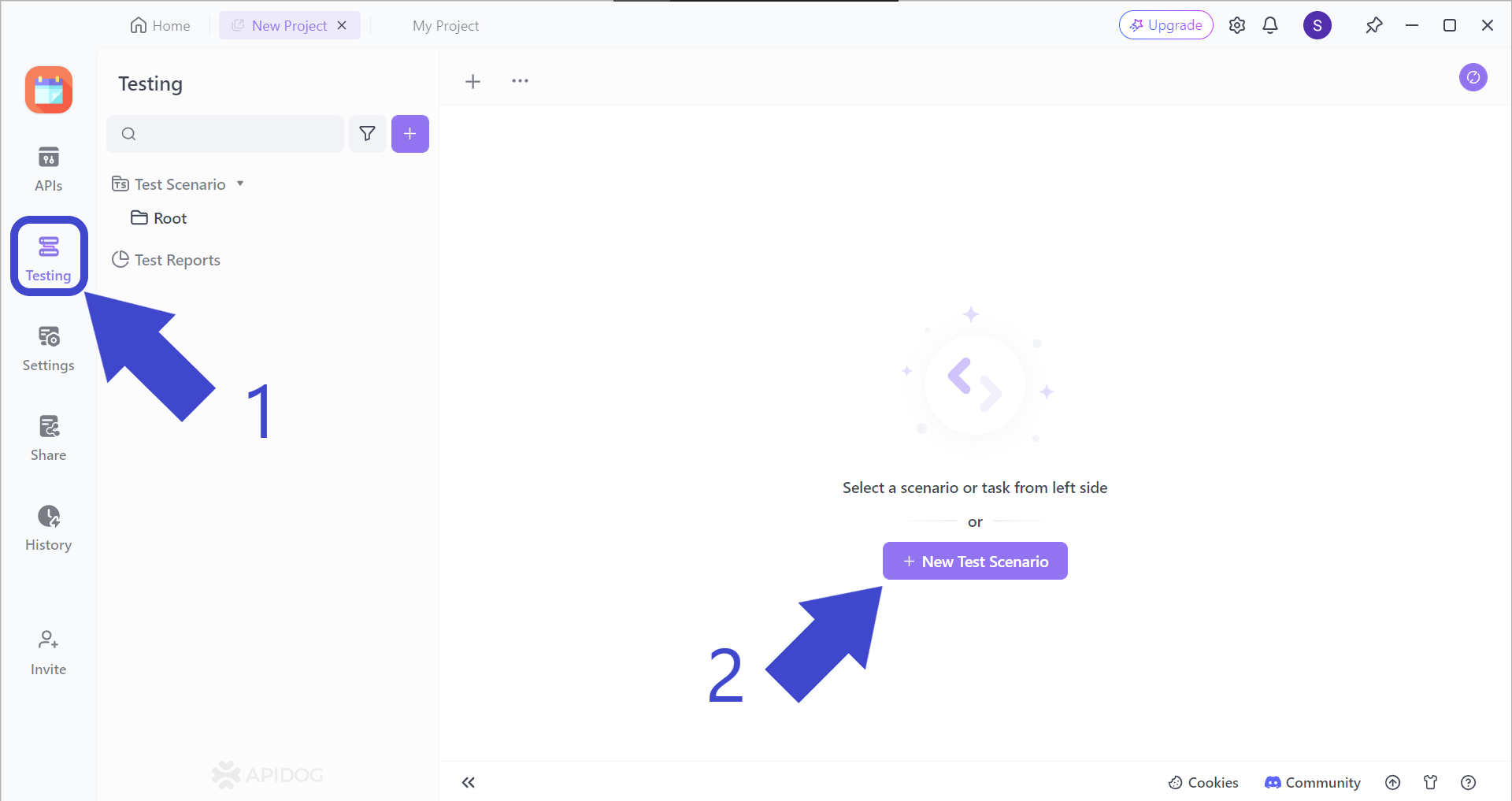
Firstly, locate the Testing button pointed out by Arrow 1 in the image above. You should then see New Test Scenario, pointed out by Arrow 2.
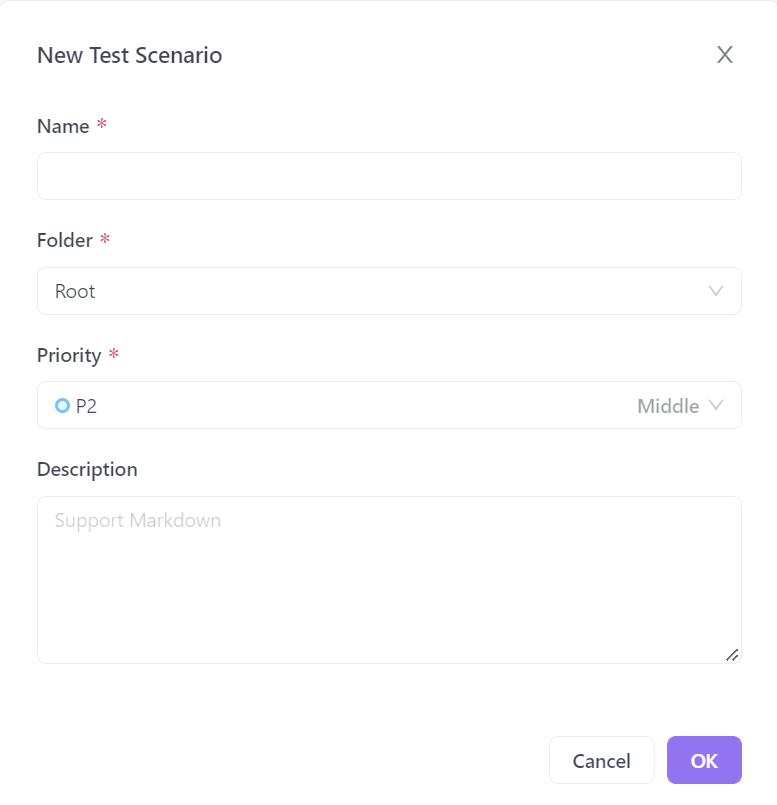
You should then be prompted with this pop-up window, asking you to input a few details about your new test scenario.
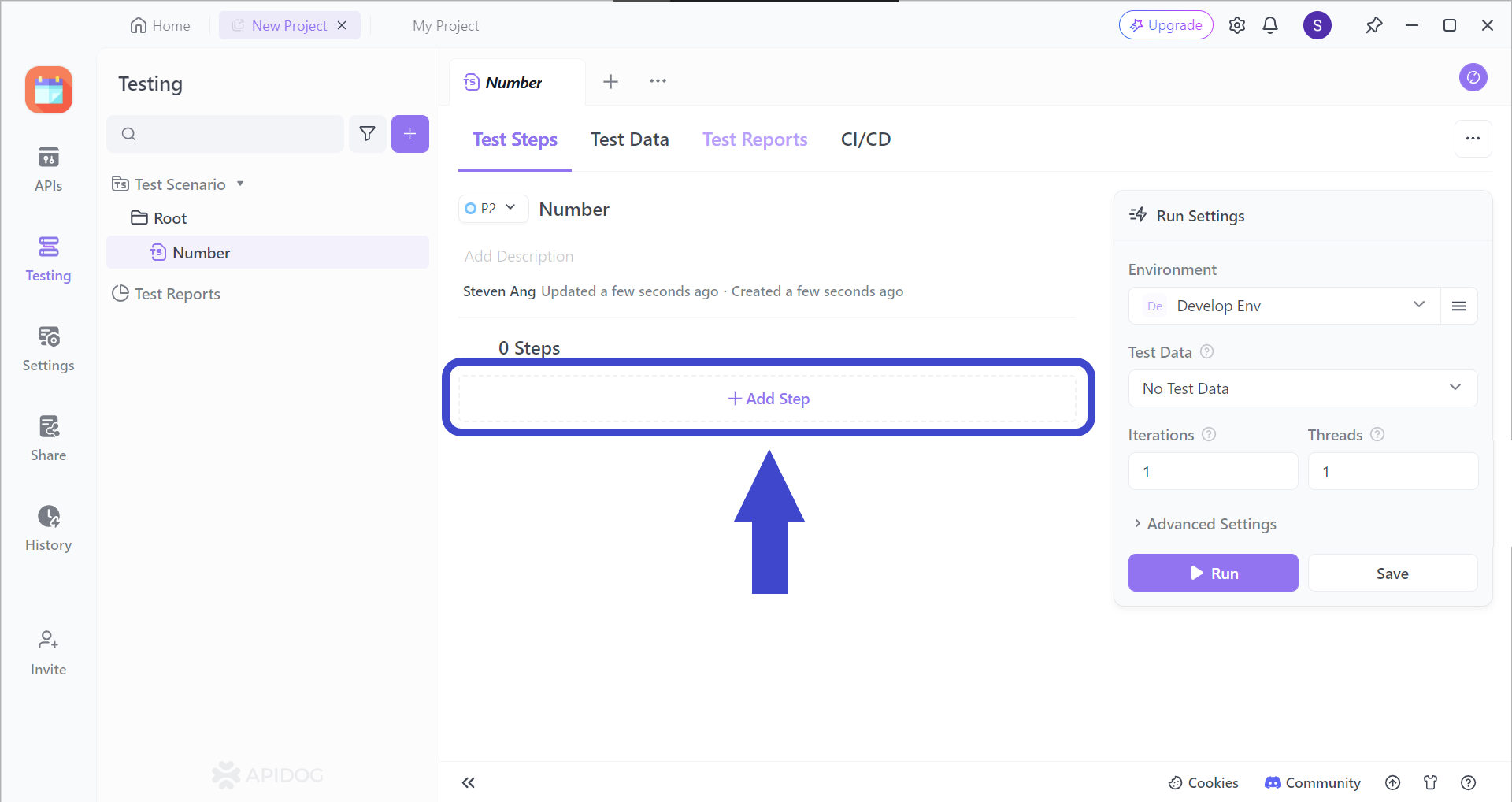
Add a step (or many more steps) to your test scenarios by clicking on the Add Step section.
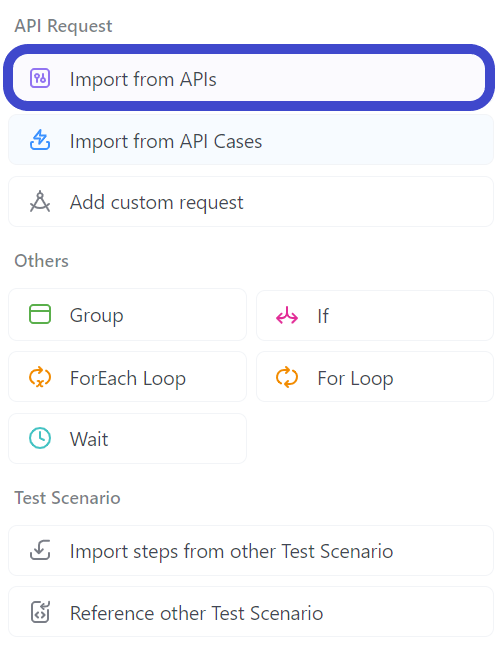
Select Import from API from the drop-down menu.
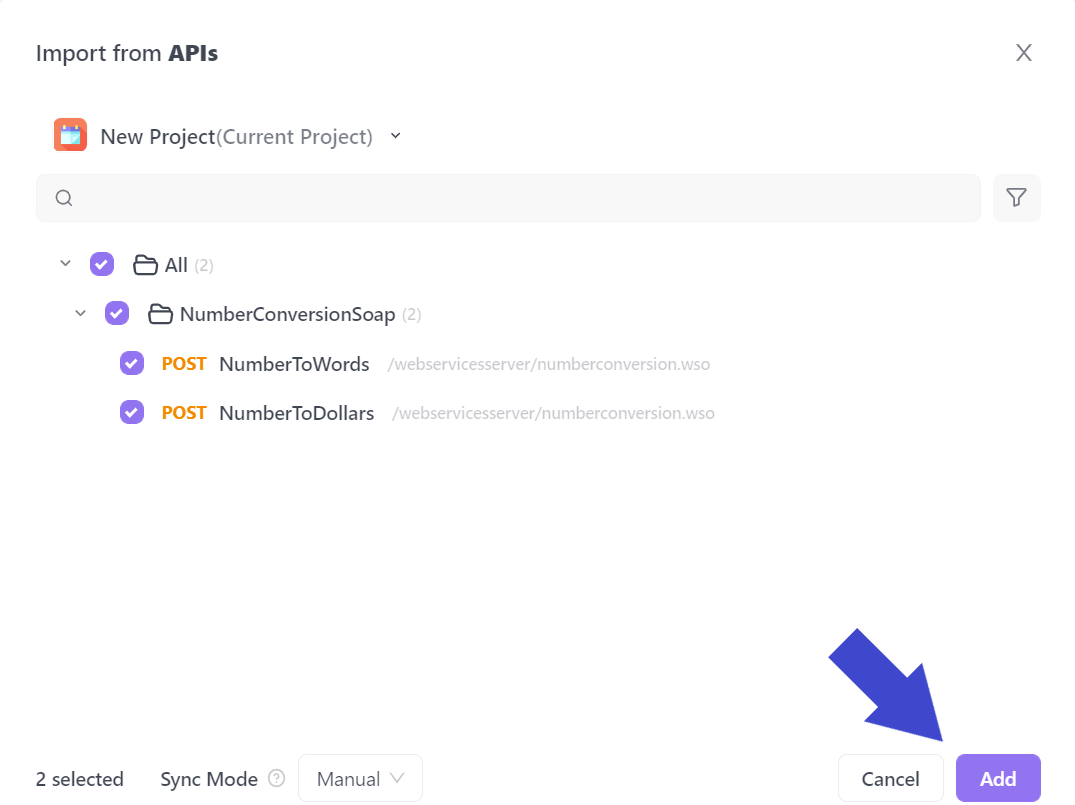
Select all the APIs you would like to include in your test scenario. In the example above, the API called NumberConversionSOAP has been included.
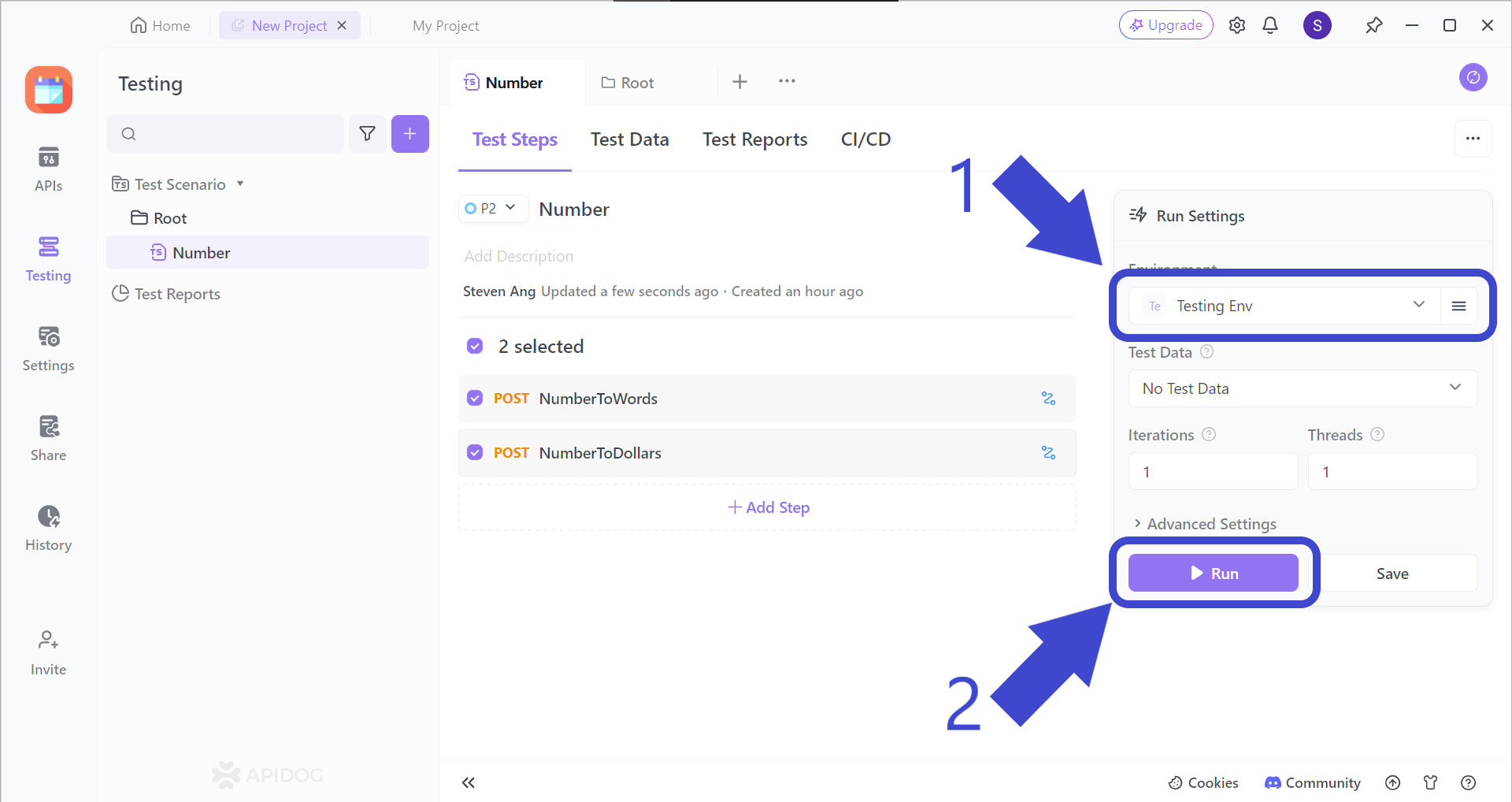
Before hitting the Runbutton to start your test scenario, make sure to change the test scenario environment, which should be Testing Env, as pointed out by Arrow 1.
Give it a try, and you can see whether your API can meet all your expectations!
Conclusion
Query strings are an excellent tool for web developers to utilize. They allow accessing, filtering, and viewing certain resources to be easier and maintainable.
Whenever creating query strings, always remember these few qualities:
- Clarity
- Security
- Maintainability
A good question to ask yourself whenever creating query strings would be: "Is my query parameters self-explanatory?" If your answer is no, then it could be a sign to reconsider your query string.
Apidog is a powerful alternative to many popular API tools. Not only does it provide more functionalities than others, Apidog also supports file types from various API clients, making a change in API platforms effortless. With a clear and intuitive user interface, new users can quickly adjust to working with Apidog.



